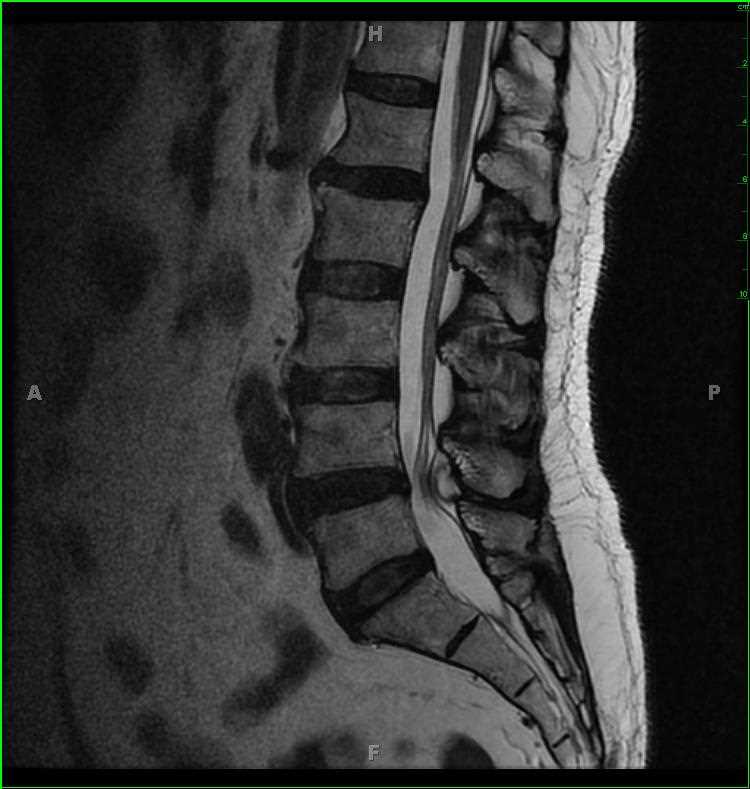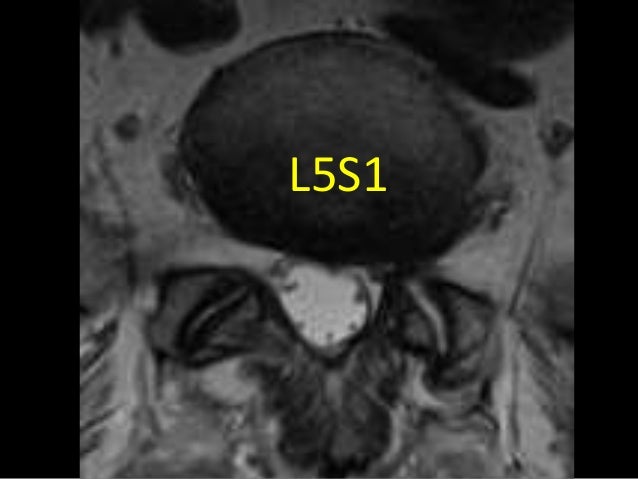
Minimally invasive techniques offer several advantages over traditional surgeries including smaller incisions, less post-operative pain, and faster recoveries.
Surgical removal of the cyst eliminates pressure on the nerve roots and provides more room for the spinal cord. These surgeries are generally used to treat cysts that have not responded well to more conservative treatments. Neurosurgeons can use several minimally invasive spine surgery techniques to treat synovial cysts that continue to cause pain or impair movement. Unfortunately, synovial cysts can sometimes reform or fill up with fluid again causing a renewal of symptoms. All of these measures may provide symptomatic relief of symptoms. Sometimes a physician will feel that draining the cyst is necessary. Occasionally, physical therapy may be recommended. Many synovial cysts will resolve on their own with conservative, non-operative treatments including rest, anti-inflammatory medications, or interventional pain management (steroidal injections). These diagnostic tests help rule out other possible causes of the patient’s symptoms. The doctor may also recommend an x-ray, ultrasound, or CT scan. The growth will clearly appear near a facet joint. Synovial cysts are usually found through an MRI (magnetic resonance imaging). pain, numbness, or tingling in the legs or buttocks, such as sciatica.Symptoms will vary, depending on the size and location of the cyst.

However, as the cysts increase in size, they may cause pain by pressing on nerves. Small synovial cysts may go totally unnoticed. What are common symptoms caused by synovial cysts?

These patients may have other degenerative spinal conditions including arthritis or lumbar degenerative disc disease. This may be a result of the aging process, as the joints wear down over a period of years. People over the age of 50 are more at risk for developing synovial cysts. Individuals may have a synovial cyst for years without experiencing any symptoms. These cysts are relatively uncommon and are not cancerous. They most often affect the facet joints of the lumbar (lower) spine. Synovial cysts are fluid filled sacs that can develop on the spine.


 0 kommentar(er)
0 kommentar(er)
